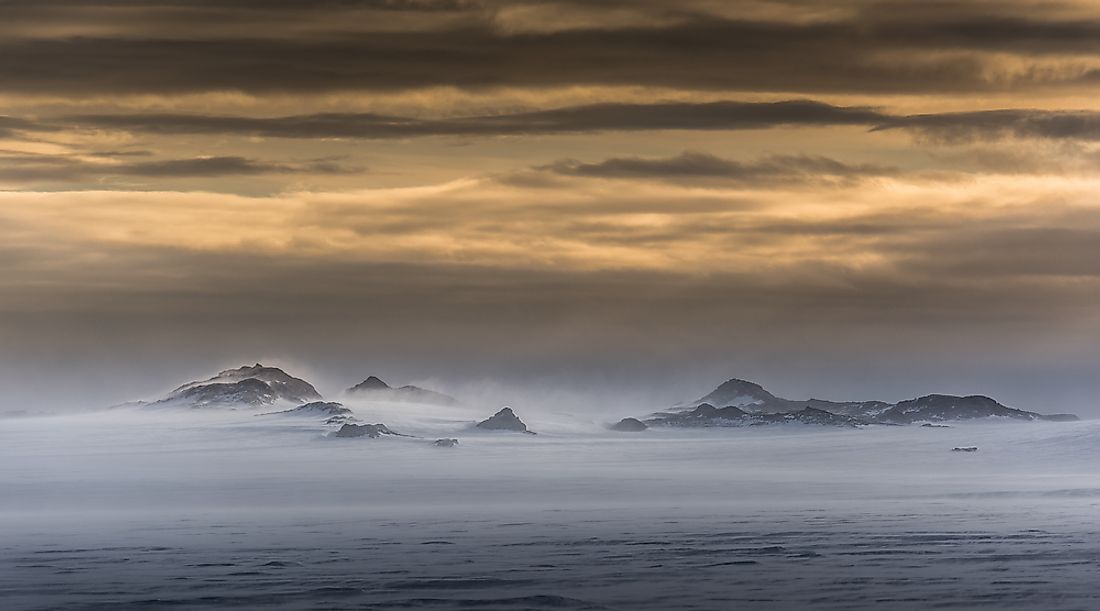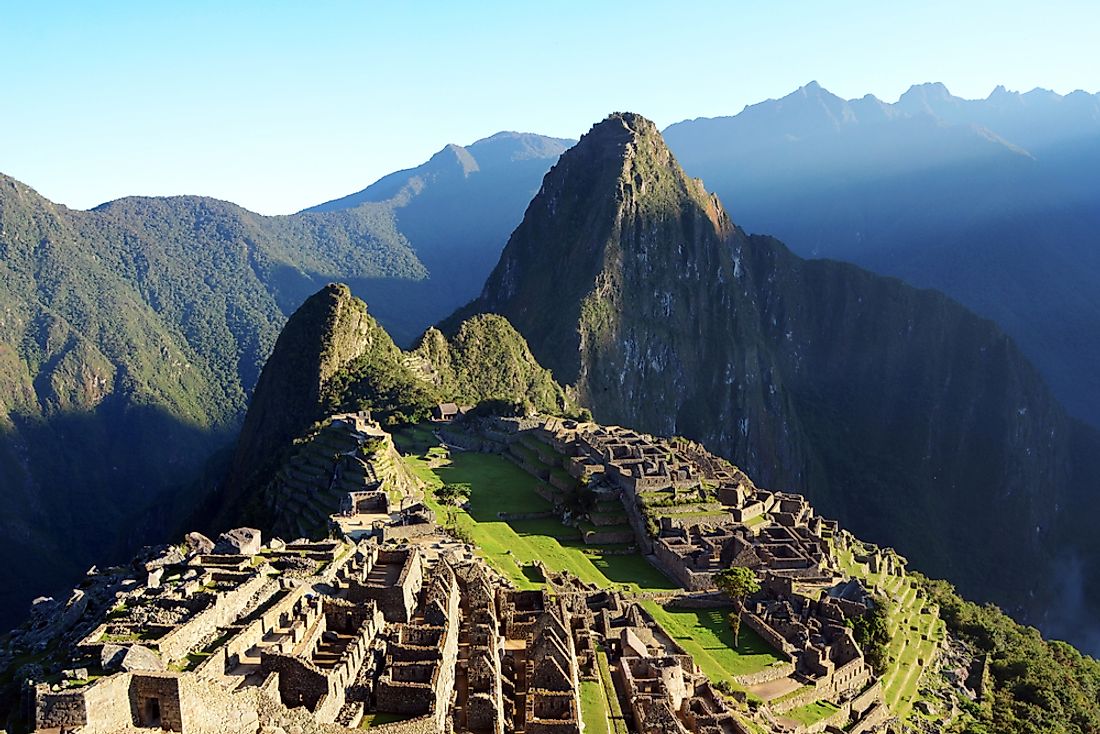What and Where Are the Polar Deserts?

Polar deserts are a category of cold deserts whose precipitation occasionally occurs in form of snow due to the limited moisture in the air and are localized to the polar regions of the Earth. These deserts are situated on the polar regions of the northern and southern hemispheres. They cover a significantly large portion of the total world deserts. There existed many polar deserts historically during the iceage but the remaining polar deserts on Earth are the Arctic desert in the north pole, and the Antarctic desert in the south pole.
Characteristics of Polar Deserts
They have dry, cold and snow seasons annually. These deserts are majorly flat plains with features like snow dunes and icebergs. Icebergs are a major site in the north. Polar deserts experience varying degrees of temperatures. They experience cool temperatures throughout the year with the warmest month having a mean temperature less than 10°C. The short summers have temperatures between 21°C and 26°C while the long winters are extremely cold with temperatures between -2°C and 4°C. The average rainfall associated with the polar deserts is 250mm per annum, with summer seasons experiencing majorly rainfall and the winter having snowfalls. These deserts have silty, salty and heavy soils that are known to leach salt. The salt leaching phenomenon of the polar desert soils makes the bordering oceans very salty and due to that they do not freeze.
Arctic Polar Desert
It is found around the North Pole, and is described as occupying the northernmost part of the Earth. Several countries have a stretch of this desert as part of their landscape. These are Canada, The United States of America (Alaska region), Denmark (Greenland region), Iceland, Finland, Sweden, Russia, and Norway. The Arctic desert is characterized by seasonal snow cover, vast ocean, and permafrost. The highest temperatures average at 10°C, while the coolest average at -40°C. The lowest temperature recorded in this desert is -68°C. The rainfall associated with the Arctic desert is less than 50cm annually. There is always an illusion of this desert always experiencing rainfall, which is attributed to its high strong winds which upon interaction with the snow give that illusion. The fauna and flora supported here are shrubs, polar bears and the arctic fox.
Antarctic Polar Desert
The Antarctica desert found on the Southern hemisphere covers about 5,400,000 square miles of land which makes it almost 1.3 times larger than Europe. It is surrounded by the Southern Ocean and experiences 200mm of rainfall annually, although the rain is less as one moves away from the ocean. This is the coldest of all continents since 98% of the desert is covered by ice, recording a temperature of -89°C. This desert has no human habitation. Only bacteria, algae, some seals and penguins are known to survive this habitat.







